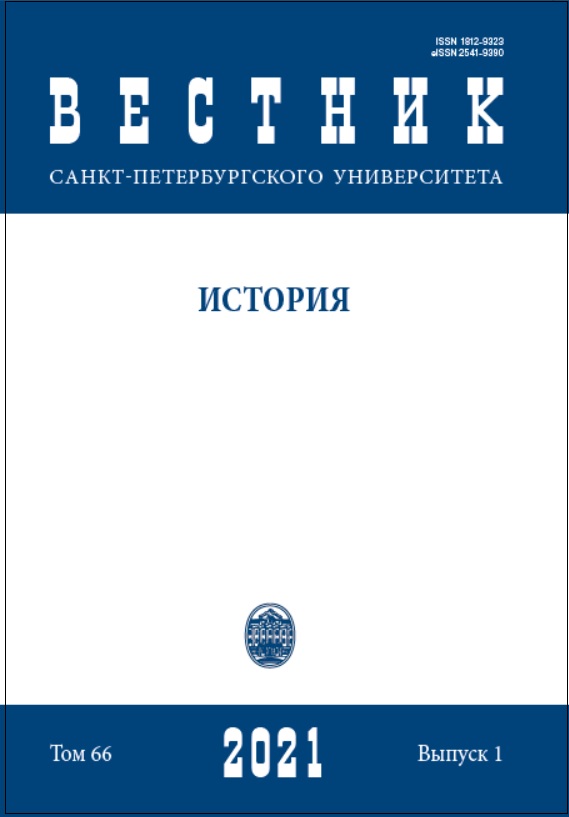Symbolic Actions and Anti-royal Propaganda during a Political Crisis
DOI:
https://doi.org/10.21638/spbu02.2021.111Abstract
On Christmas Eve 1402, Hungarian noblemen gathered in the Cathedral of Nagyvárad, where St. Ladislas’ tomb was located, and swore an oath on the holy king’s relics. They proclaimed thus their allegiance to King Ladislas of Naples and conspired against the ruling King Sigismund of Luxemburg. By swearing oath on St. Ladislas’ relics, the conspirators united their minds and forces around the ideal figure of the holy king and knight, who became the symbol of a political cause and the embodiment of the kingdom which King Sigismund was no longer suited to represent. The symbolic gesture of oath-swearing on St. Ladislas’ relics took place in the midst of a three-year political crisis (1401-1403) that seized the Kingdom of Hungary as a consequence of the barons’ dissatisfaction with King Sigismund’s measures, which jeopardized their wealth and political influence. By relying on both written accounts and visual sources, the present paper examines the utilizing by Hungarian noblemen during this political crisis of important political and spiritual symbols associated with the Kingdom of Hungary. These included: the cults, relics, and visual representations of St. Ladislas, the Hungarian Holy Crown, or the kingdom’s heraldry. The propagandistic usage of these spiritual and political symbols was reinforced by their insertion into elaborated rituals and symbolic actions, such as coronations or oath-swearing on relics. These activated the link between secular and religious spheres, their performers hoping to attract the divine approval. By discussing such instances, the present paper seeks to illustrate how the ideal figure of St. Ladislas became the catalyzing force behind a political cause.
Keywords:
St. Ladislas, King Ladislas of Naples, Medieval Hungary, Cult of Saints, Relics, Symbolic Actions, Heraldry, Anti-royal Propaganda, Hungarian Political Crisis of 1401-1403
Downloads
References
Downloads
Published
How to Cite
Issue
Section
License
Articles of "Vestnik of Saint Petersburg University. History" are open access distributed under the terms of the License Agreement with Saint Petersburg State University, which permits to the authors unrestricted distribution and self-archiving free of charge.





